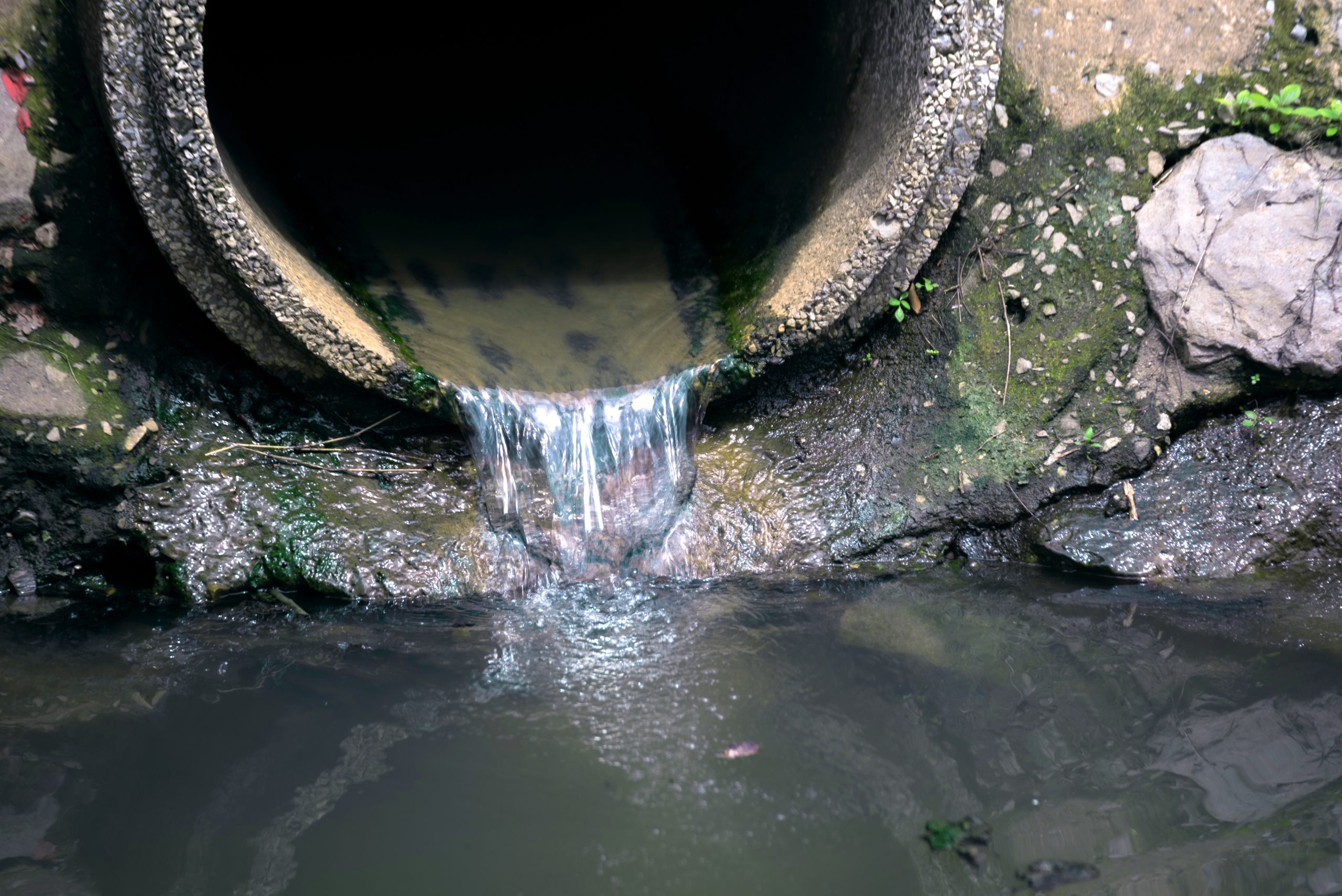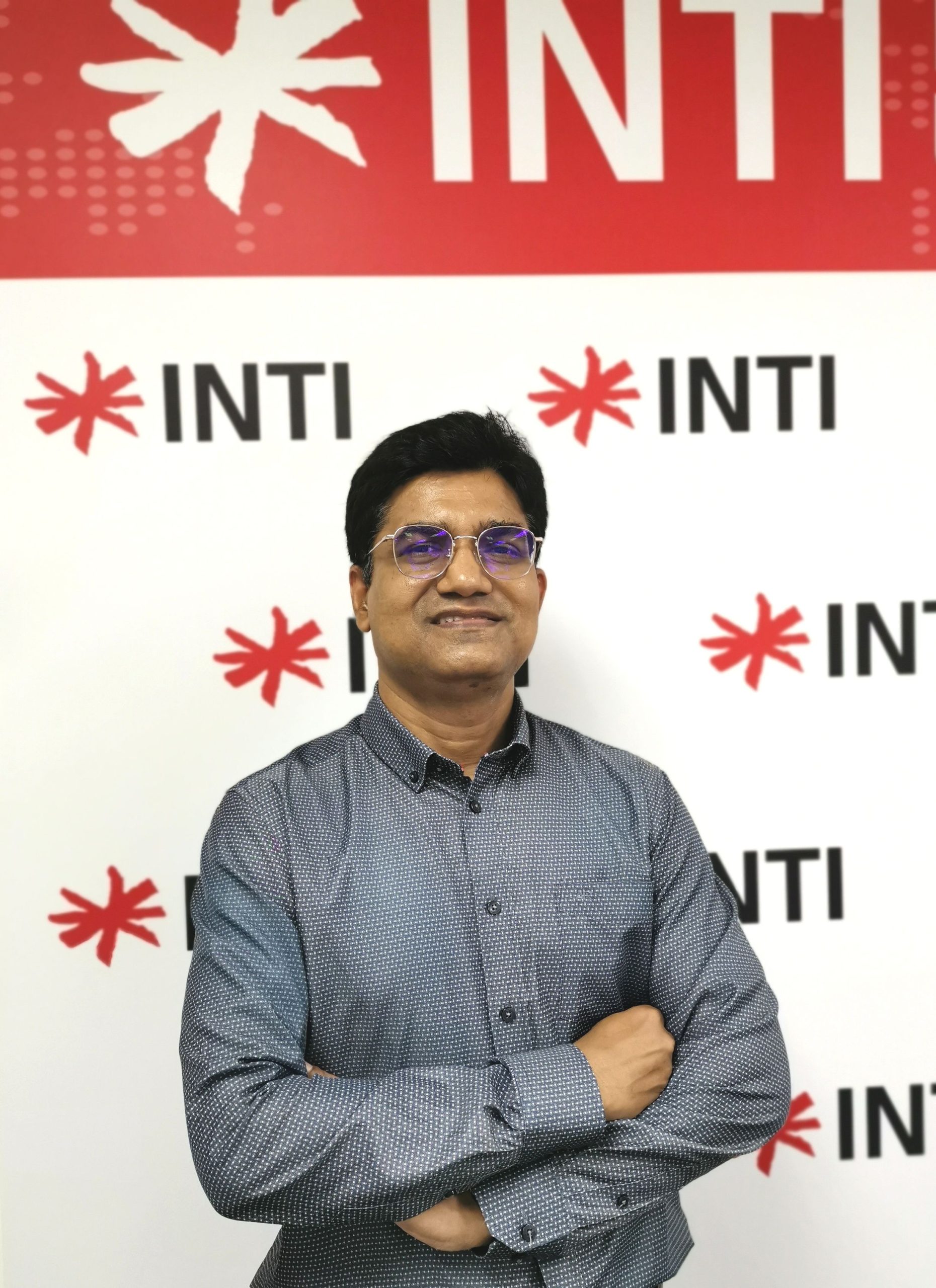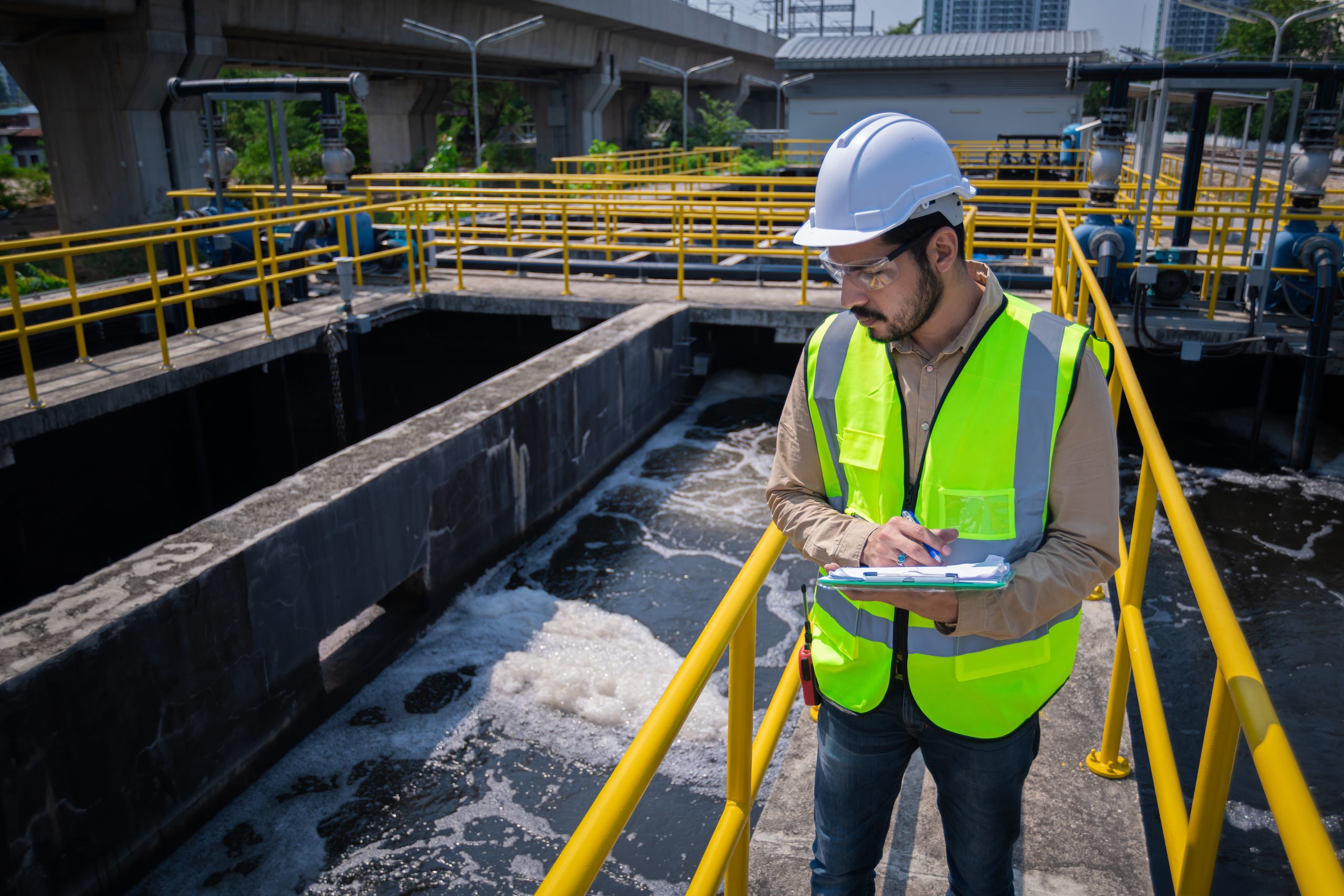Water is essential to life. However, our waterways are threatened by pollution and contamination. Industrial processes, agricultural runoff and household wastewater all contribute to the problem. Imagine what would happen to our lives and the lives of future generations if polluted and contaminated water is left untreated.
The World Health Organisation estimates that unsafe water causes the death of 485,000 people each year. Many suffered from water-related illnesses such as diarrhoea, cholera, and typhoid[1]. It is not only a matter of basic human rights, but also affects economic development, food security and the health of our ecosystems.
Fortunately, electrocoagulation technology has emerged as a promising solution to this issue, ensuring we have access to clean and safe water.
A recent study led by Dr. Md Munir Hayat Khan, a senior lecturer from the Faculty of Engineering & Quantity Surveying at INTI International University, found that electrocoagulation is a highly effective technique for treating wastewater.

Proper sewage wastewater treatment is essential to combat excessive wastewater discharge and help protect freshwater systems, the oceans, and human health.
“Electrocoagulation using copper and zinc electrodes is a safe and effective technique for removing contaminants from wastewater, and it can be used to treat a wide range of wastewater types such as public sewage and industrial waste,” said Dr Munir.
Wastewater treatment is a process of converting wastewater into water that can be discharged back into the environment[2]. The treated wastewater can be used for various purposes and is even safe to drink.
The research titled The Treatment of Public Sewage Wastewater Using Electrocoagulation Process, conducted by Dr. Munir and his team, looked at two electrochemical cells in the electrocoagulation process, namely copper and zinc electrodes. Meanwhile, raw sewage wastewater samples were collected from INTI International University & Colleges’ sewage treatment plant in Nilai, Negeri Sembilan.
A large amount of public sewage wastewater is generated from the kitchens, toilets, washing, and other household activities.

Dr. Md Munir Hayet Khan said the benefits of electrocoagulation include cost-effectiveness, requires less labour, and offers rapid results.
But what is the electrocoagulation process? According to Dr Munir, electrocoagulation is a process that uses an electric current to remove contaminants from water. The process involves passing an electric current through two metal electrodes, which are copper and zinc in this study, to causes a chemical reaction that produces metal hydroxide coagulants.
“These coagulants bind with pollutants and contaminants in the water, kind of like a magnet, forming flocs that can be easily removed through sedimentation or filtration,” he explained.
Interestingly, electrocoagulation can remove various pollutants, including suspended solids, organic matter, heavy metals, pathogens, and bacteria.
He added, “Once the contaminants are removed, the clean water can be safely discharged into the environment or reused for other purposes. It is a quick and effective way to clean up wastewater and protect our resources.”
He also cited that one of the key advantages of this technique is that it can be applied to a wide a range of wastewater types.
“The technology and technique can be used to treat wastewater from various industries, such as public sewage, semiconductor manufacturing, food processing, and palm oil production.
“Other benefits of electrocoagulation includes cost-effectiveness, requires less labour, and offers rapid results compared to other methods,” he said, adding that sewage can be treated through a biology process but is costly, while other conventional methods require large areas of space and labour.

The application of electrocoagulation technology can be used to treat wastewater from variety industries, including public sewage, semiconductor manufacturing, food processing, and palm oil production.
Dr Munir’s study determined that a current density of 10A/m2 for 20 minutes was optimal for both copper and zinc electrodes in treating wastewater. The copper electrode achieved high removal efficiencies for Total Suspended Solids (TSS) and Chemical Oxygen Demand (COD), as well as low turbidity and conductivity values. Similarly, the zinc electrode achieved high TSS removal efficiency, significant COD and turbidity removal efficiencies, and moderate conductivity values. The effluent pH was neutral, indicating that no further pH adjustments were necessary. Both copper and zinc electrodes effectively treated the wastewater under these conditions.
COD, TSS, turbidity, pH value, and conductivity are used to measure the quality of wastewater and the level of treatment required. COD in wastewater includes fats, oils, grease, sugars, starches, detergent, and pharmaceuticals, while TSS contains food waste, plant debris, sand, silt, bacteria, algae, fibres and microplastics.
Published in the International Journal of Environmental Science and Development, Dr. Munir believed that electrocoagulation technology is one of the most sustainable water treatment techniques. Many Asian, Middle Eastern and Western countries have adopted it, including Thailand, India, Kuwait, the United Kingdom, Spain, Belgium, and the United States of America.
“It requires simple equipment, is easy to operate, and can be run using green technology like solar or wind power to generate the necessary current during the treatment process. It is certainly a cost-effective, versatile, and environmentally friendly technology,” he said.
Electrocoagulation is a recommended method for wastewater treatment, providing a valuable alternative source of clean and safe water. Its use not only helps to protect the environment, but it also helps to ensure the health of the planet’s inhabitants.
[1] https://www.who.int/news-room/fact-sheets/detail/drinking-water#:~:text=Microbiologically%20contaminated%20drinking%20water%20can,000%20diarrhoeal%20deaths%20each%20year.
[2] https://www.wwdmag.com/wastewater-treatment/wastewater-treatment/article/10938537/what-is-wastewater-treatment